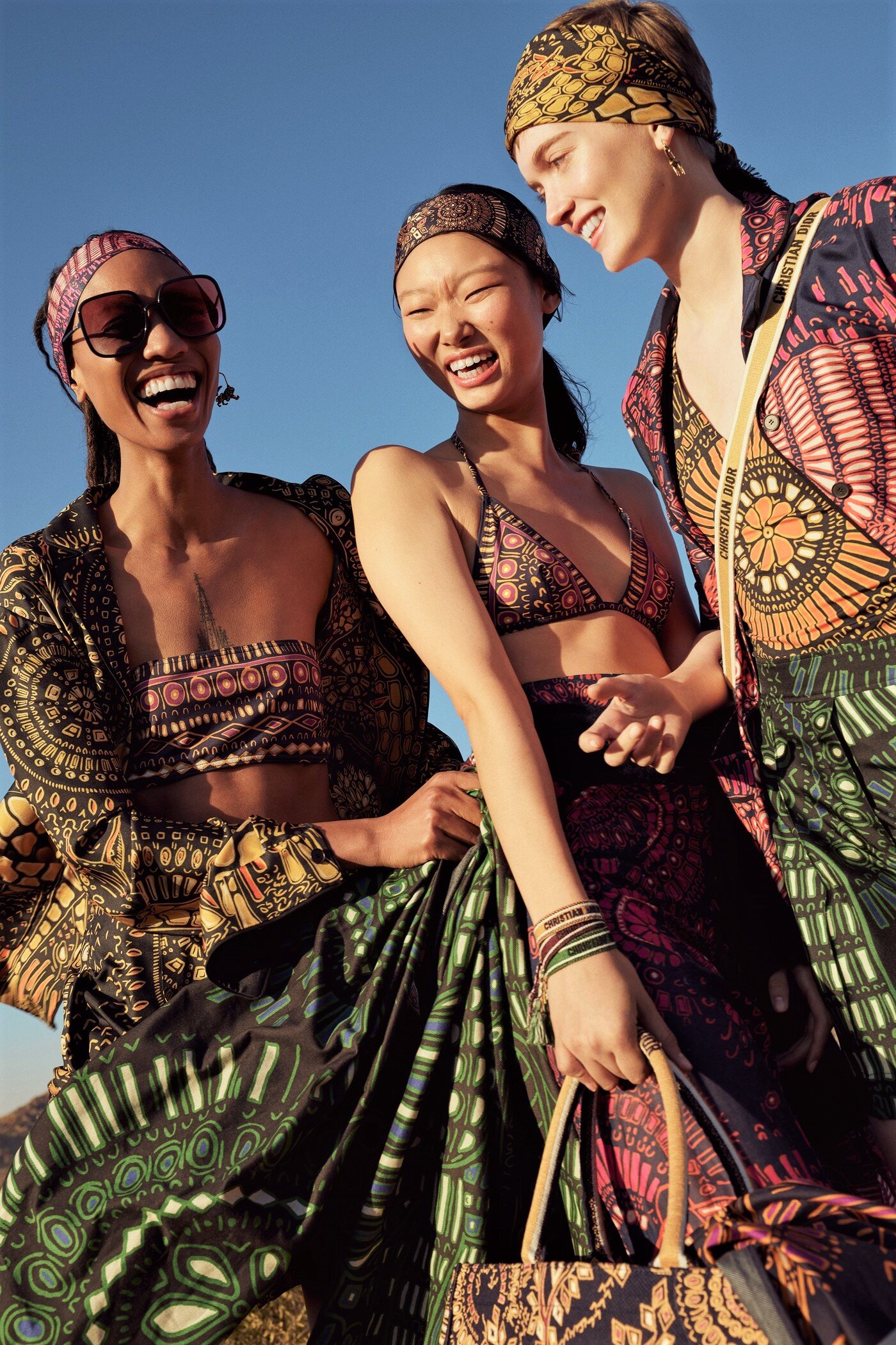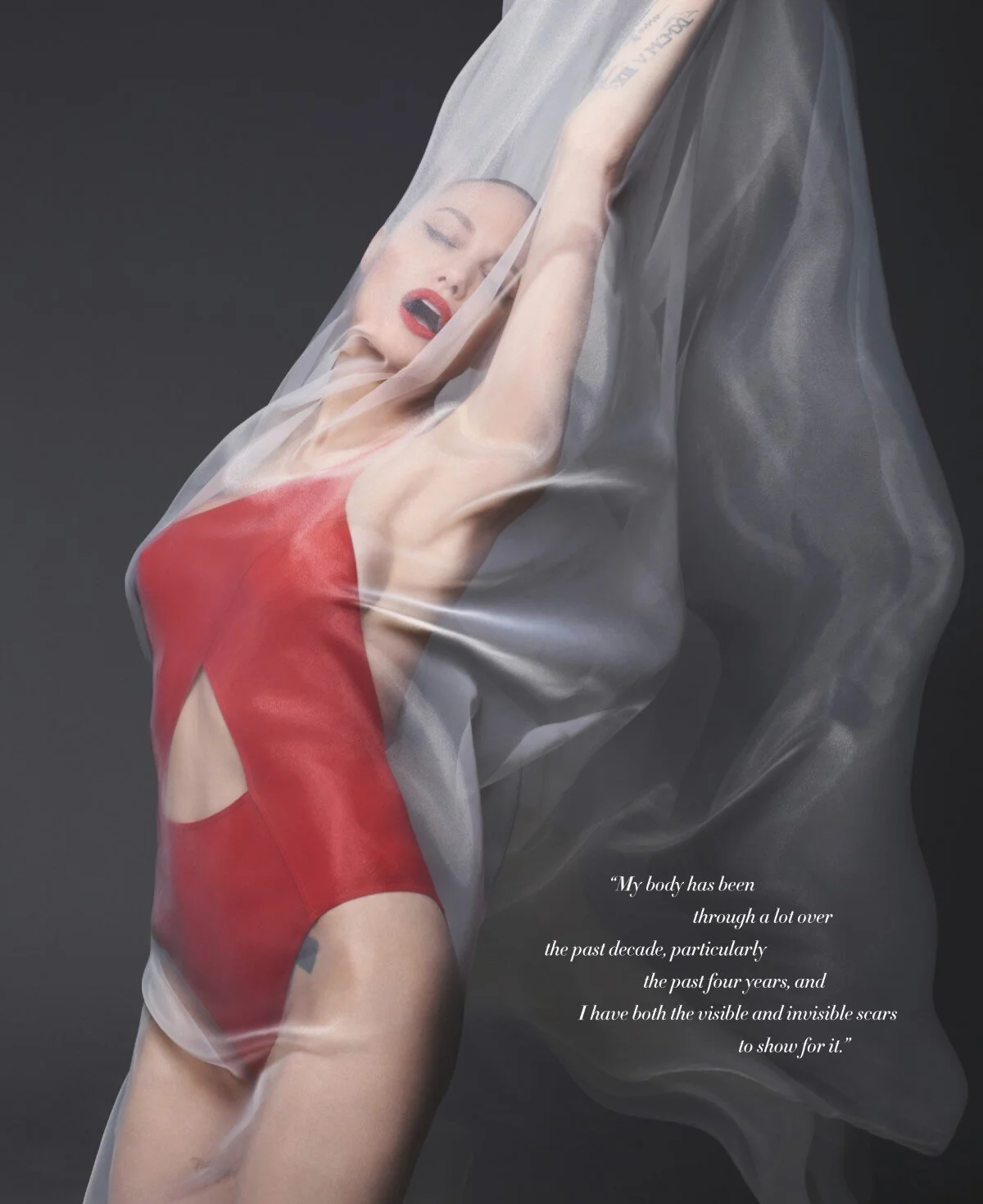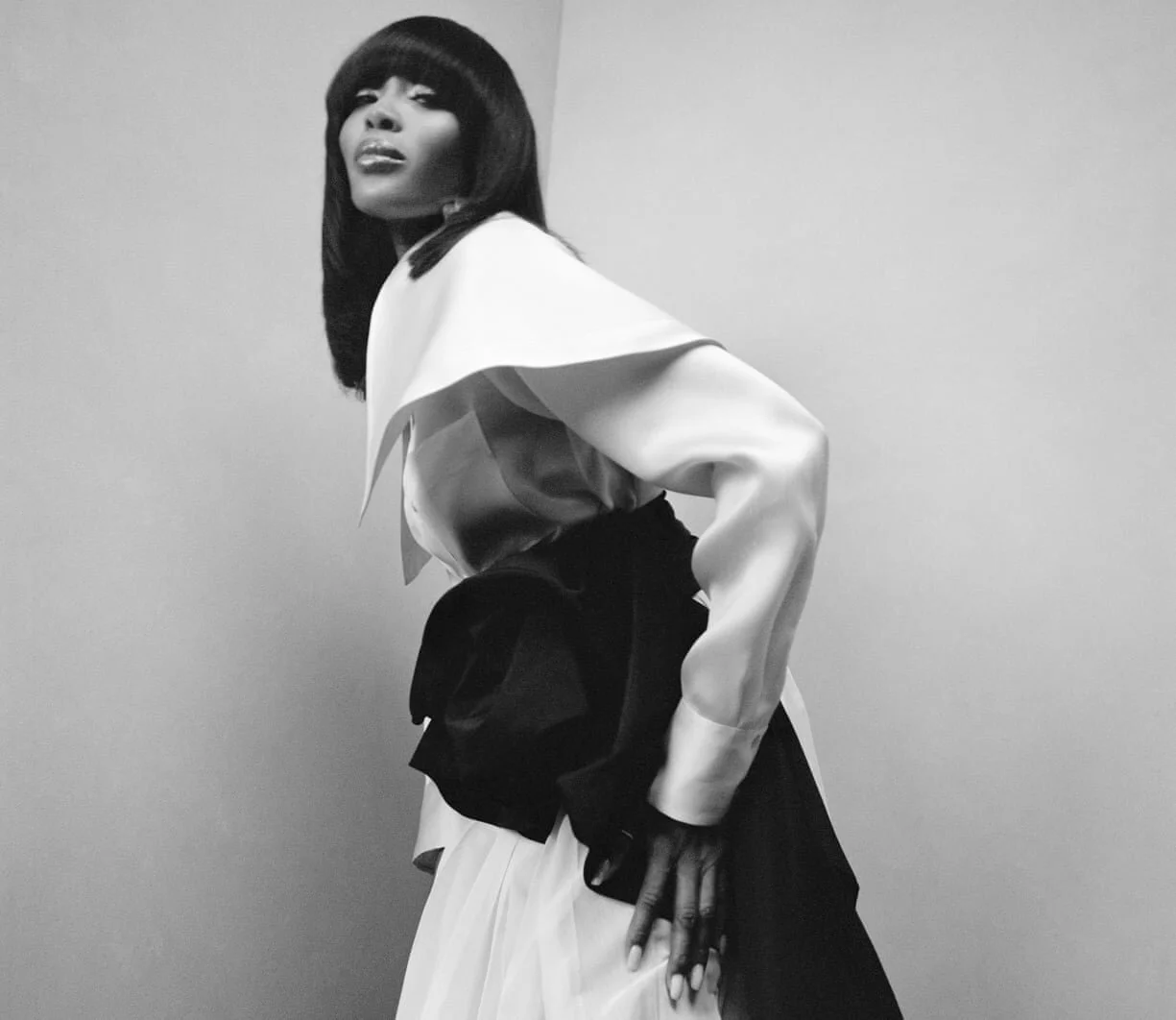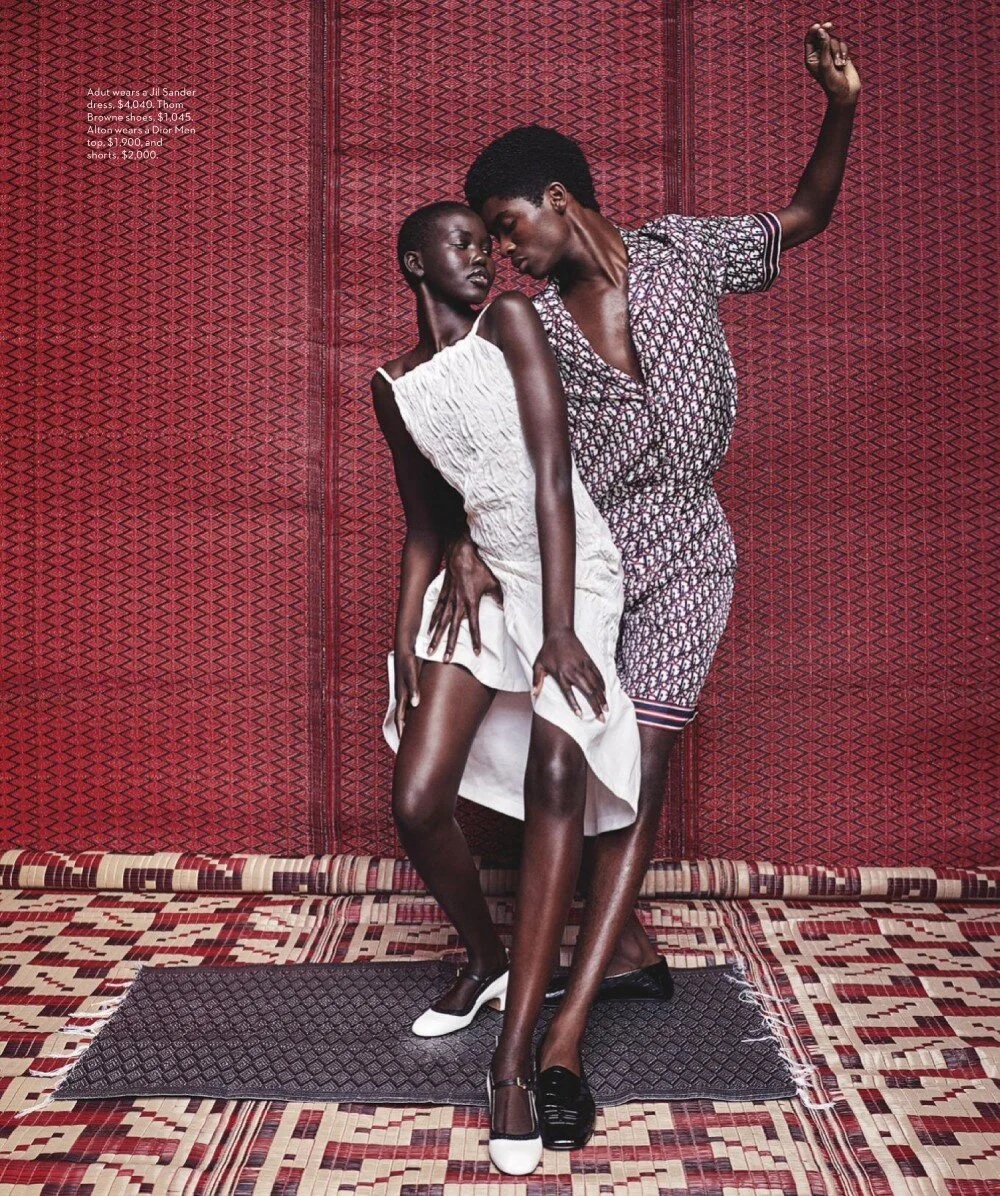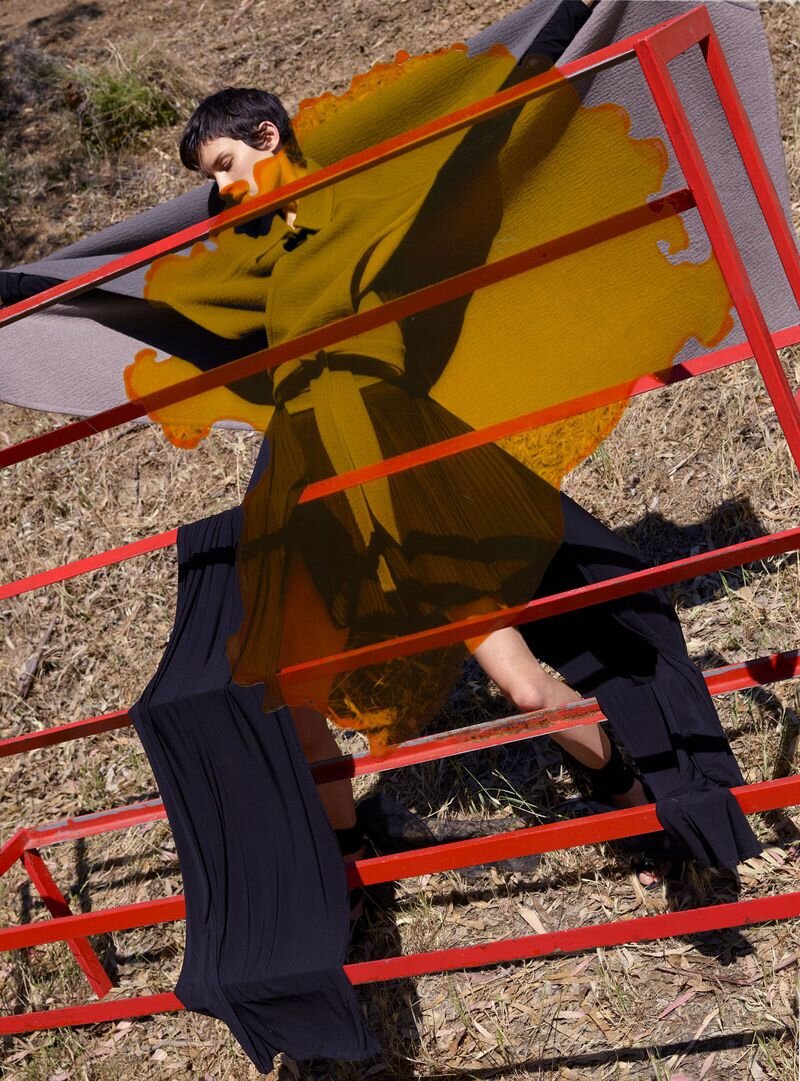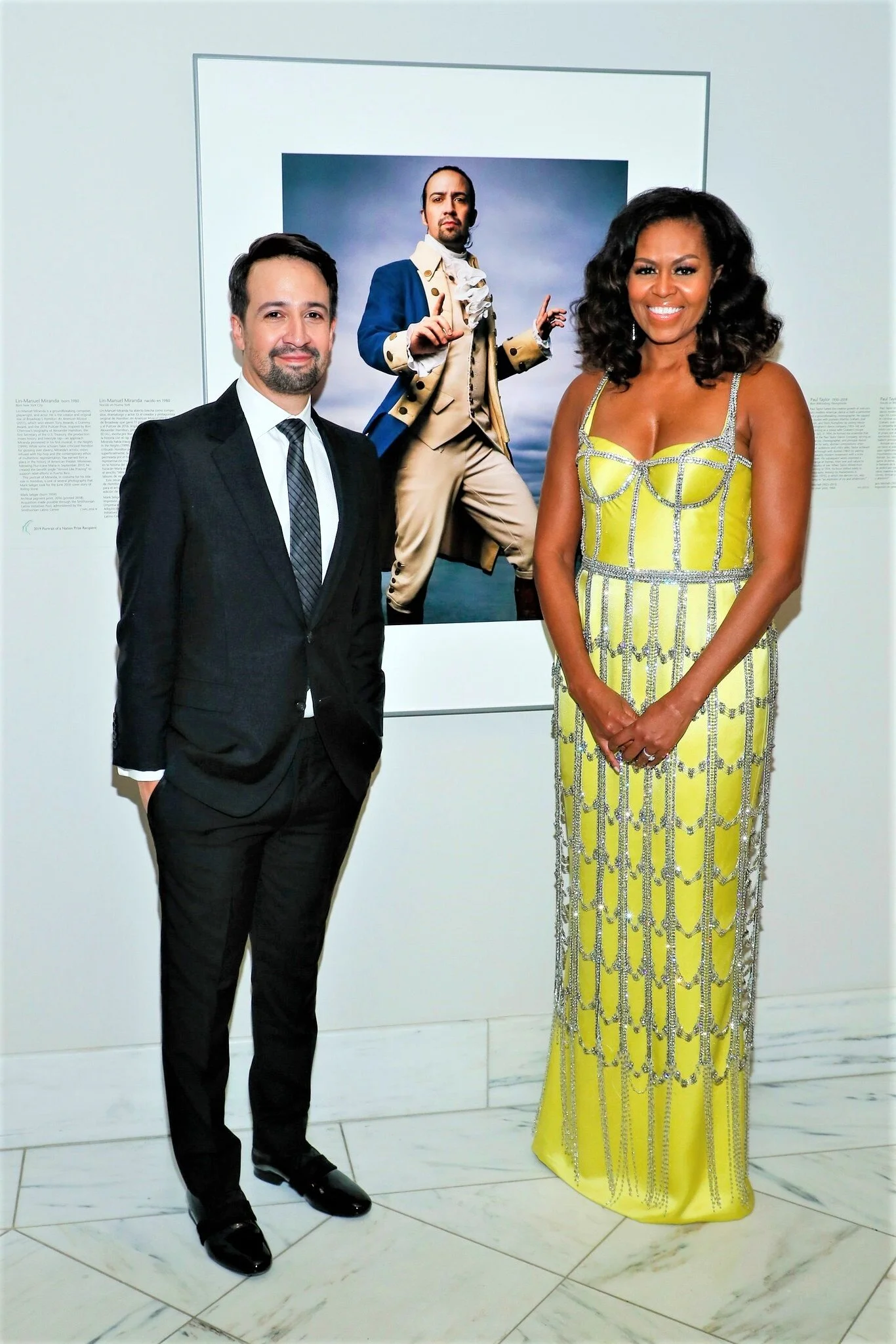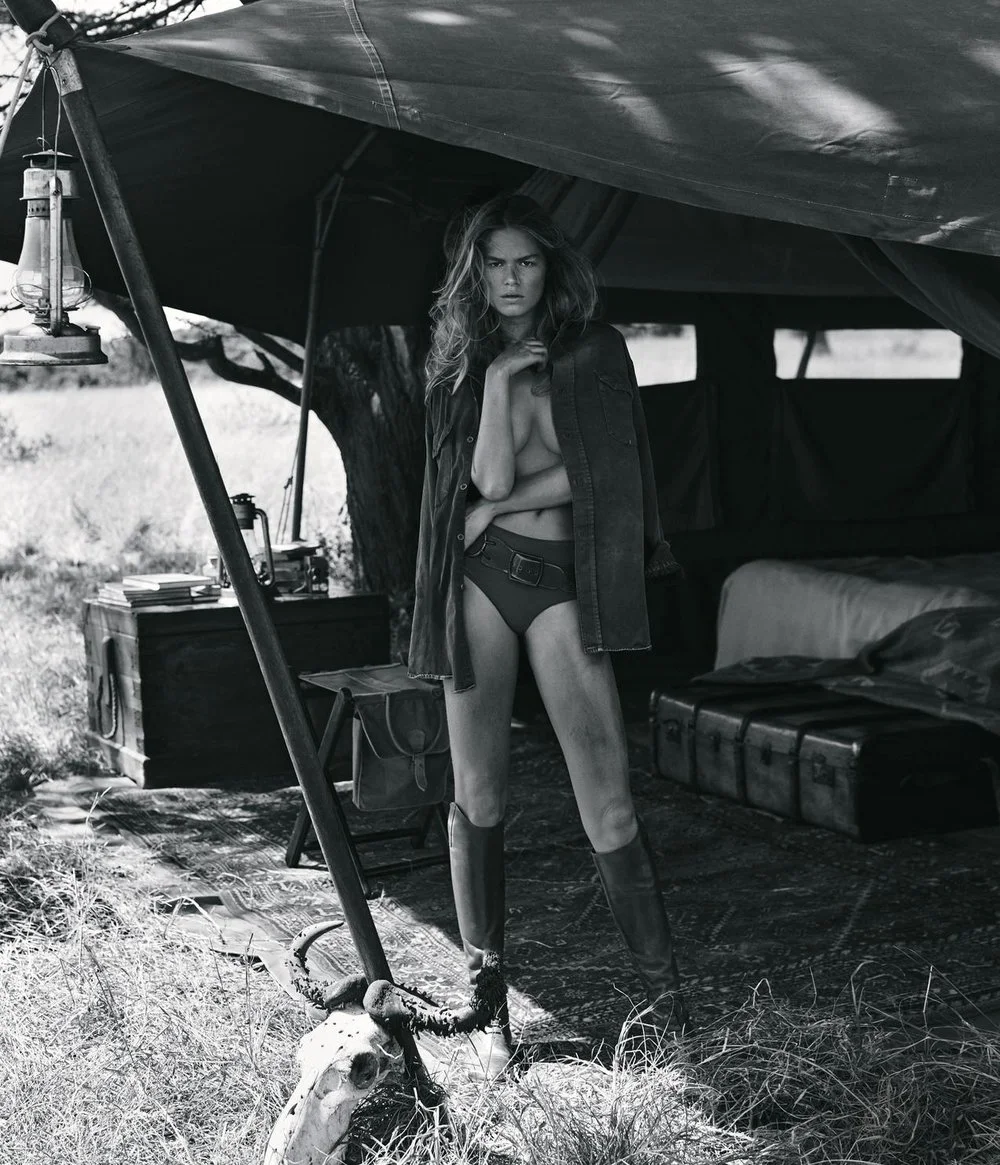Throughout the Arab World, One Pedal At A Time, Women Dare To Ride
/In Gaza, Bicycles Are a Battleground for Women Who Dare to Ride The New York Times
Many Palestinians frown at the thought of women riding bikes in public because might leer at their covered legs moving up and down. Then there is the matter of their butts being rather on display on the cycle seat.
As is the case in countless historical stories in the Arab world, it used to be normal to see women riding bikes in Gaza -- until the mid-1980s. "They did it for pleasure and fun, by the sea," says Atef Abu Saif, a Gaza-based writer.
“The role of our women is to obey their husbands and prepare food for them inside the house, not to imitate men and ride bikes in the streets,” said the man, 33, who refused to give his name but echoed the view of many Gaza men interviewed, and of multiple comments on social networks, after news of the cycling group reached the Palestinian news media.
A distinct minority approved, including Abdul Salam Hussein, 53, who was sitting near a cement factory. “So what if a woman rides a bike?” he exclaimed. “People have reached the moon already!”
In Yemen, brave women are trying to adapt to the havoc created by the Saudi-led bombing campaign, mounting bikes in Yemen's capital. Pictured here is the Saleh mosque in Bushra al-Fusail/MEE.
In May 2015, Bushra al-Fusail organized a bike rise that brought 20 veiled young women women with borrowed bikes for a women-only bike ride across the city. It was a first for Yemeni women.
Pictures of the women cyclists angered many. "This can't be real, these images were photoshopped," cried one Yemeni man. "Those are not women, they are men dressed as women," replied another.
When asked for his view on the bike ride, Yahya Afeef, a cleric from a nearby mosque, told Middle East Eye: "This is incompatible with Islam; Islam says that the women should be a symbol of virtue and this is not a kind of virtue."
Follow the Women & Queen Rania
Into the AOC archives we go, for this photo of Queen Ranis biking with other participants in the 'Follow the Women' peace ride in Jaber, north of Jordan on Sept. 1, 2005. The 250 women from 34 countries rode bikes from Beirut to Ramallah, through Damascus and Amman to attract attention on the peace process and the suffering of women under occupation.
There were Follow the Women rides in 2007-2009, 2013-14.
American feminist Susan B Anthony found bicycles to be a great source of women's liberation. Women in the Arab world share a moment of freedom on their bikes, describing their flight from reality in ways articulated by American suffragette Susan B Anthony.
"It gives a woman a feeling of freedom and self-reliance. The moment she takes her seat, she knows she can't get into any harm unless she gets off her bicycle, and away she goes, the picture of free, untrammeled womanhood. "
For Arab Men, The Wind Is At Their Backs
By contrast, for men the Tour of Qatar, launched in 2002, signals a steadily growing Arab cycling boom for men. Unlike the enormous restrictions on women cycling in the Arab world, only wind stops men from testing their cycling prowess in a race.








